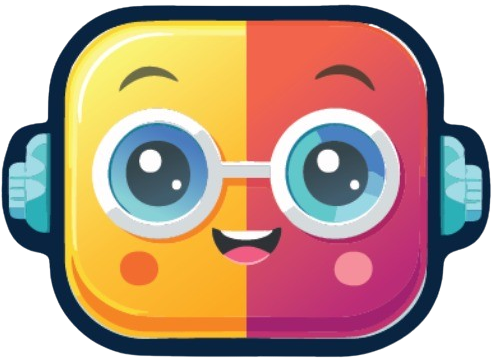The Reality Check
It didn’t start with a sudden collapse or a shocking tweet—it built up slowly, deal by deal, global tariff wars ratcheting tensions higher. From rising steel prices in the U.S. to container backlogs in Asia and costlier cars in Europe, tariffs are no longer distant headlines. They’re hitting factory floors, rattling stock markets, and forcing businesses to rethink sourcing and pricing.
Key stat: Merchandise trade volume dropped by 1.2% in 2023—mostly due to mounting trade tensions (WTO).
The Invisible Chain Reaction
A 10% tariff here, a retaliatory measure there—it may seem minor. But these changes ripple through supply chains:
-
Raw materials: When aluminum exports face a tariff, beverage can costs rise, pushing up soda prices.
-
Manufacturing: Auto parts cross multiple borders; even a small levy can delay assembly lines or force expensive rerouting.
-
SMEs & Consumers: Small businesses lack buffer budgets and feel the squeeze first—leading to higher consumer prices.
Enter AI: From Prediction to Prevention
This is where AI in trade forecasting becomes a game-changer—not as a silver bullet, but as a strategic partner.
-
Data-driven demand forecasting: McKinsey finds AI tools improve demand accuracy by up to 20%, helping companies anticipate market shifts before they hit the balance sheet.
-
Tariff scenario simulation: Advanced platforms let you run “what if tariff scenarios,” compare outcomes, and identify cost-effective supply-chain reroutes.
-
Real-time monitoring: AI systems track global policy moves, social sentiment, and economic indicators—so you can react in hours, not weeks.
But Technology Has Its Blind Spots
No model is perfect. AI algorithms can:
-
Miss diplomatic nuance: Political pivot points may not follow historical patterns.
-
Overfit to past data: Rapidly shifting geopolitics can render old trends obsolete.
-
Obscure transparency: Relying on black-box models raises questions—who controls the data? Who validates the output?
Human expertise remains essential to interpret AI insights and guide negotiations.
Final Word: Data-Driven Diplomacy
Trade wars are more than clashes over economics—they’re battles of strategy and influence. While AI can’t replace diplomacy, it provides the foresight to prepare, adapt, and survive.
In a landscape where a new deal can be signed—or shattered—overnight, those with data-driven diplomacy will navigate turbulence best, not by outguessing the system, but by understanding it deeper and faster.
FAQ: People Also Ask
What is the meaning of tariff war?
A conflict where countries impose taxes (tariffs) on each other’s imports to protect domestic industries, often triggering retaliatory measures.
What is a global trade war?
A broader clash of tariffs and trade barriers among multiple nations, disrupting international supply chains and global commerce.
Who started the Tariff War?
Trade wars typically begin when one country raises tariffs on imports; subsequent retaliations by affected nations escalate the conflict.
What is a global tariff?
A duty imposed by a country on a foreign product, which can apply broadly across many trading partners.
Next Steps & Tools
Stay ahead of trade volatility. Explore our curated directory of top trade analytics tools and AI solutions for supply chain optimization at Simplify AI Tools. Empower your strategy with the best AI tools today!
At Simplify AI Tools, we curate an extensive AI tools directory, guiding you to the best AI tools tailored for diverse challenges. Whether you’re seeking to find AI solutions for trade analytics or exploring popular AI tools for operational efficiency, our platform connects you to the best AI websites in the industry.
Embrace the future of trade and technology with Simplify AI Tools—your gateway to the most effective artificial intelligence tools available today.

